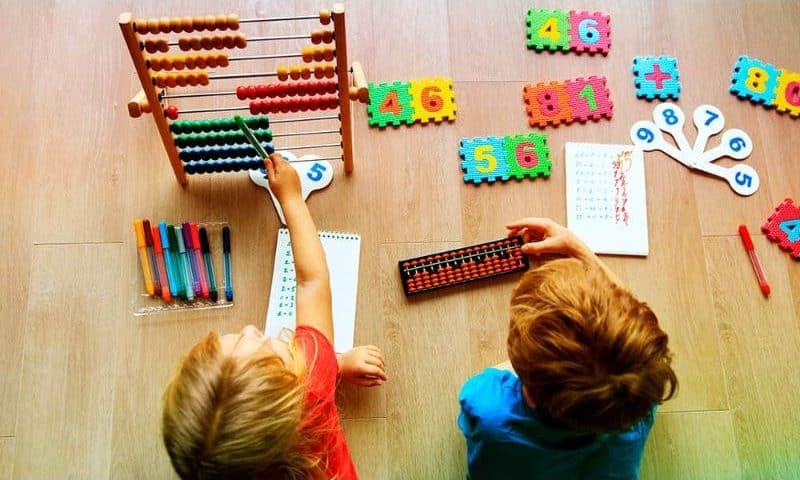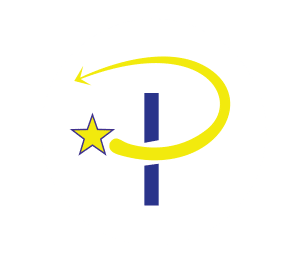Education has evolved to an unimaginable extent. It is now possible to teach from the other side of the globe just by having a mobile device. However, ICTs are not the only advances in this area.
Cooperative learning has also been of great help in developing dozens of techniques that enhance the quality of education and the way students learn about themselves and their environment. If you are not clear about this concept, then get ready to get the most modern tools when it comes to group education, when working in the classroom and focusing on collective learning. Learn all about innovative teaching skills through our Erasmus+ courses for teachers, you will become an expert!
What is cooperative learning?
It is a teamwork technique that allows members to achieve goals together, the idea being that everyone learns from the same situation. During this exercise, the intention or objective is the development of social skills and the construction of knowledge.
In fact, it is a scheme born from the observation of successful team dynamics: how did they achieve objectives as a group if they all had different characteristics and skills? This is the answer sought by cooperative learning.
Principles of cooperative learning
In defining this type of group learning, we realized that it can be confused with simple group interaction, and this is not the case. In order to be called “cooperative learning” it must meet a series of conditions or parameters, which we will expand on in the following paragraphs so that you are not left with any doubts. It is also key to bear the Learning Pyramid Model in mind, since this will also help with the team work.
Positive interdependence
This is perhaps the essence of this learning technique. It refers to the fact that the members of the team in question maintain the same objectives and, in addition, understand that their objectives will not be met without the rest of the team achieving them.
In other words, the only way in which success is conceived during this practice is if all members achieve it. The maxim in this section is: “True cooperation is born at the moment when the group feeling is above the individual”.
Face-to-face interaction
Another maxim of cooperative learning is the free exchange of ideas and experiences among the participants. This means that, understanding the first point, team members will maintain communication and seek solutions without withholding information or disregarding the contributions of others.
Individual responsibility
While group commitment is vital, each team member’s own or personal commitment to the tasks assigned to him or her is also required.
This must be respected in order to reduce the diffusion of responsibility, so that there will be no disputes about taking on other people’s tasks and no one will take advantage of anyone else. This is the only way everyone can learn.
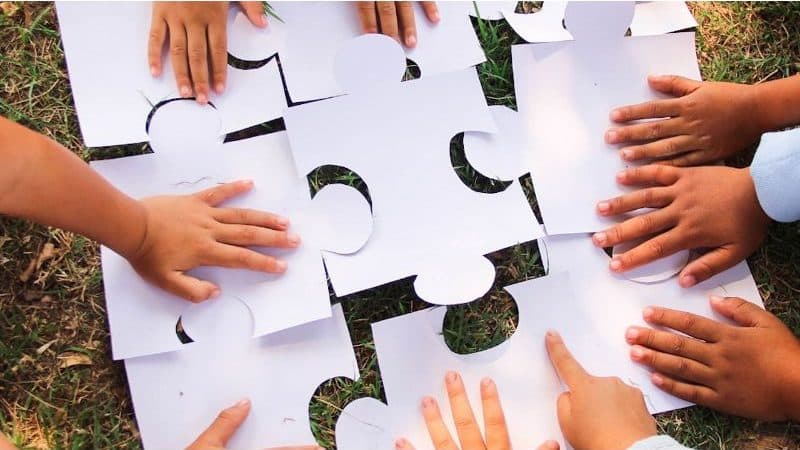
Group evaluation
One of the characteristics that most differentiates it from other types of learning is that it is the students themselves who will have to evaluate, in retrospect, their results.
They should express their opinions respectfully, critically and as sincerely as possible, only then can they adequately address the adjustments and improvements to be implemented.
Cooperative learning in the classroom
In addition to the learning strategies mentioned above, the teacher has the possibility of complementing the group assignments with follow-up in the classroom. This can be done in two ways: the first is with reports and presentations after the activities.
The second is by reviewing homework or exams. The idea is to explain, analyze, and prospect the results, in a sort of step-by-step manner, so that the knowledge can be linked and absorbed in greater depth.
At first, these ways of cooperative learning in classrooms will be repeated schemes, but then they will be assumed as part of the learning process. That is, they will come naturally after each group session.
Cooperative learning strategies
It is possible to find dozens of activities to stimulate group learning, you can even recreate a complex situation and adapt it to your team. However, we have selected 4 of the most common strategies when it comes to creating group dynamics with clear objectives and projected results.
In the comments you can leave us your suggestion or personal experience in this regard.
Thinking – working in pairs – sharing
It is popular because it works on three types of learning, personal learning, learning in pairs and, finally, group learning. The results are very obvious, so no complex evaluation will be necessary.
The intention of this strategy is to get a broad perspective on a specific topic. To achieve this, only 3 steps must be followed:
– The teacher indicates a question for reflection and analysis (individual first).
– Then they get together in pairs and share their personal impressions.
– Finally, after the pair has redefined their ideas by working together, they proceed to form large groups that will do the same.
In total, 3 minutes for each of the sessions. In each session it is ideal for students to feel safe to express their doubts and share their points of view.
Circle of Wise Men
This is a strategy whose main objective is to “align” the team with the knowledge and skills of the most skilled members. With this activity, the “special” or above-average students can share their “wisdom”, hence the name of the strategy.
It is carried out as follows:
– The teacher surveys his group to identify students with special knowledge (the teacher asks who has visited a specific country or who can solve a complex math problem). This is the wise person selection phase.
– Once the “wise men” have been selected, they should be placed outside the room where they are.
– The teacher then asks each student to circle one of the wise men to hear what he or she knows. At this point they should take notes and resolve all their doubts.
– It is time to return to their teams, but this time each student will have the knowledge acquired with each sage. And they will have to share what they have learned with each sage, as not all members interviewed the same one.
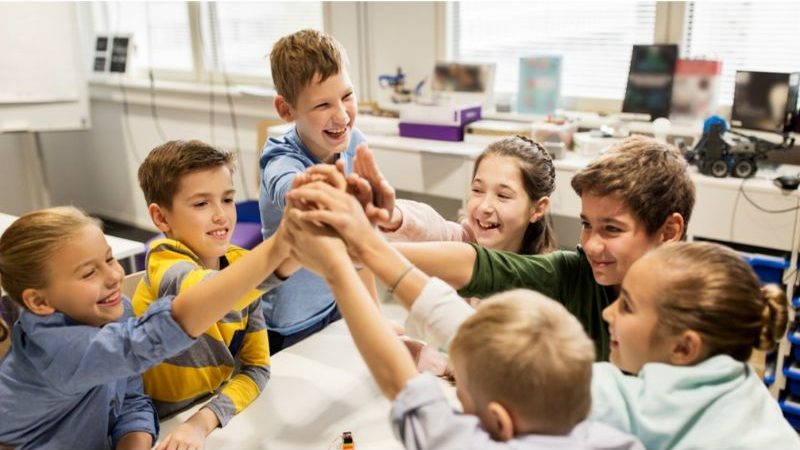
Agreement and disagreement
The interest of the teacher who uses this cooperative learning technique is to generate each student’s own criteria. In general, the purpose of this activity is to promote information processing.
– The teacher should generate statements that promote reflection and place them on an index card. An example of a statement could be: “It is enough to practice to learn or “Mechanical memory is a process that is always present in learning”.
– Each student should have an index card. They will fill it out individually, but only to share it with their base-teams. To do this, they will have to organize themselves as follows:
One student should take the role of moderator and assign two turns to speak to their classmates so that they can debate.
Now, two students with opposing opinions must state their reasons for the other.
Meanwhile, one student becomes a juror and chooses one answer (out of the two options) to represent the group’s answer.
– In the next statement, the procedure is repeated until each student has assumed all the roles.
– The last step is to collect the group answers and discuss them with the class to come up with the final group position.
Paired tutoring
In this cooperative learning strategy the only objective is to learn from each other. Therefore, the arrangement is exclusively in pairs, and the objective is that each one assumes a role: student or teacher. It can be fixed (when the roles are not exchanged) or dynamic (in which both assume).
It is also possible to carry it out between members of the same age or with differences between 2 and 4 years. There is no specific methodology for this type of tutoring, it can be done as freely and as long as necessary.
Among the benefits of this type of strategy in a dyad, we can highlight the promotion of personal judgment and the ability to assume one’s own failures. It is also possible that both students will show greater motivation in the next classes.
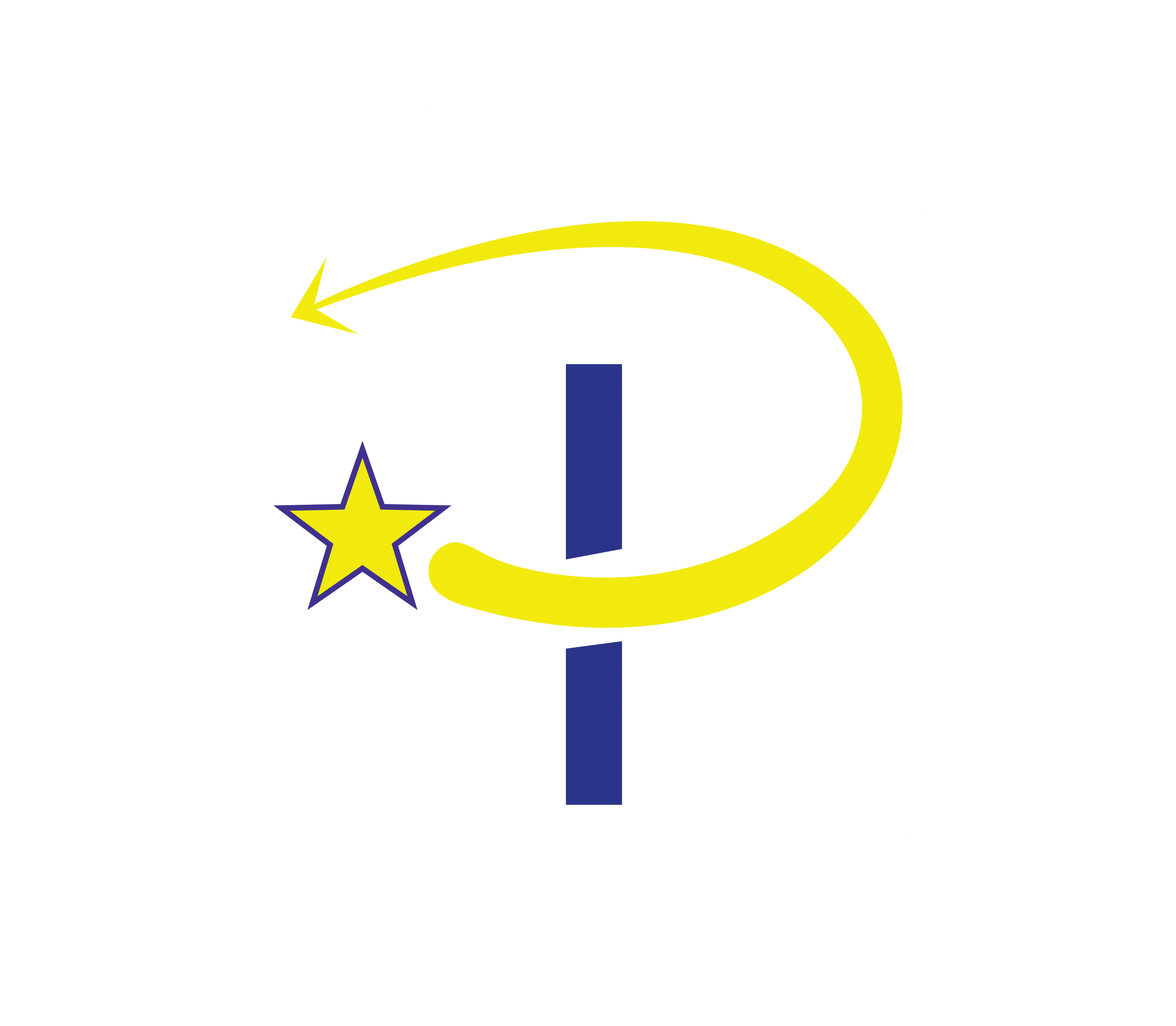
We at Plus Project are passionate about transforming the adult education landscape. As a premier training provider, we take pride in offering top-notch courses for teachers, aimed at sharpening their skills and expanding their knowledge. Our expert trainers use cutting-edge methods to deliver a dynamic and engaging learning experience, making us the ideal choice for teachers seeking professional growth and success. Join us on our mission to elevate the teaching profession, one course at a time.

